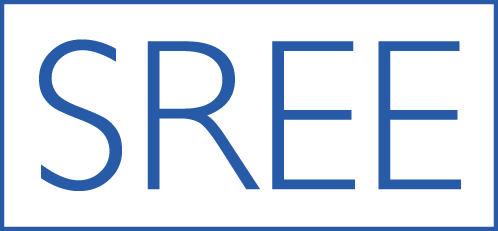Ben Clarke, Christian Doabler, Marah Sutherland, Derek Kosty, Jessica Turtura, and Keith Smolkowski
The importance of early mathematics
The importance of a successful start to learning mathematics has been a national priority for several decades. Mounting evidence indicates that trajectories of mathematics performance are established early and remain relatively stable across time. This may in part be due to substantial disparities in young students’ access to early mathematics experiences and instruction with preschool-aged students from upper- and middle-class backgrounds already outperforming their economically disadvantaged peers.
